Meet Notre Dame de Paris: it’s neither the oldest, nor the biggest, nor the grandest church in France. But, it certainly is the most well known and most visited landmark in Paris. 13-million visitors from around the world pilgrimage to the creamy-white limestone building every year (6.9 million people visit the Eiffel Tower).

During our visit (non-tourist season) the line into the Cathedral was wrapped around the Île de la Cité. And, for some unknown reason explained to us in rapid French, La Niña and I were shepherded quickly into the building without having to stand in line. I still don’t know how and why this happened but it worked out for the best because I’m a cranky, grumpy, line-up-waiter… and would have given up long before reaching the entrance.

Like most sacred locations around the world, a church of some sort has been on the Île de la Cité since Gallic/Roman/Celtic times. The construction of the current Notre Dame building started in 1163 and finished in 1345. And, the final monument was used as the “template” for all other cathedrals in France from the 12th century forward.
Notre Dame is certainly a beautiful sight to behold and can be seen from most parts of the old city. Sitting along the walls of the Seine and simply pondering the building is an acceptable Parisian activity.
Cathedral Suicides
The unfortunate side effect of having a building so beautiful, historic, monumental, and spiritual is that it becomes a popular destination for suicide tourism (not to be confused with Euthanasia Tourism).
Anyone who has seen the movie Amelie knows what this means. Amelie’s mother died when a suicidal tourist from Quebec leapt off of Notre Dame and landed on Amandine. This is a known way for people to kill themselves in Paris… otherworldly suicide destinations include the Golden Gate in San Francisco, the Eiffel Tower, the Gap in Sydney, and New York City (pick any monument).

The First Person to Commit Suicide inside the Cathedral
While suicide by jumping off Notre Dame is common, killing oneself within the walls of the church is not. And, up until 2013, only one known person has ever done so successfully: Antonieta Rivas Mercado on February 11, 1931.
In 1954 (January), a 24-year old named Lionel Natoli attempted to shoot himself inside the church but only succeeded in wounding his left shoulder.
The difference between these two situations is that with Antonieta, the church needed to be reconsecrated after her death, which takes days. I assume that a reconsecration was needed because suicide is considered a sin that violates the “Thou shalt not kill” commandment. However, in the case of Natoli, the church only needed to undergo a quick reconciliation ceremony.

In the press, the ceremonies and Cathedral closures took precedence over the activity itself. And, Antonieta’s suicide is described in clippings from the time as “horrible,” “cowardly,” and “pathetic.” Her family managed to sweep it under the carpet and keep the entire thing hidden away for 30-years.
They refused to acknowledge or talk about the suicide until Antonieta’s daughter-in-law, Kathryn Blair, began to uncover details about the Rivas Mercado family while researching In The Shadow Of The Angel. The book looks past that fateful day at Notre Dame and shares all the wonderful things that Antonieta did to promote and support Mexico through art, drama, music, people, politics, and culture.

Born on April 28, 1900, in Mexico City, Antonieta was the second child of Antonio Rivas Mercado and his wife Cristina Matilde Castellanos Haff, both wealthy socialites from Mexico’s Revolutionary era. This couple were the Kennedy’s or the Hilton’s of Mexico and whenever they arrived in a city a note went out in the local paper.
Their daughter was well educated, well-travelled, and certainly did not conform to the strict Roman Catholic values that dominated turn-of-the-century Mexican society.
By the 1920s she was seeking a divorce from her husband, had kidnapped her son and taken him to Paris, was a political advocate and supporter of the arts in Mexico. She funded the creation of the Orquesta Sinfónica, Teatro Ulises, and Literary Bars that pushed societal norms in a culturally repressed country. She was a contributor to a handful of Mexican modernist and universalism papers (Los Contemporáneos and El Sol).

In Paris, she was a regular fixture in the artistic community and shared brain power with other great minds like Frida Kahlo, Diego Rivera, Nahui Olin, Julio Castellanos, and Tina Modotti.
She was a muse/close friend of gay painter Manuel Rodríguez Lozano and his lover Abraham Ángel. She herself became the lover of José Vasconcelos, a controversial player in Mexico’s political history.
Her suicide in Notre Dame on February 11th was not only a tremendous loss to the intellectual community in Mexico but also an extremely powerful and dramatic message from a woman who fought to find her way out of cages and rebelled against the strictures of privileged Catholic society for most of her life.

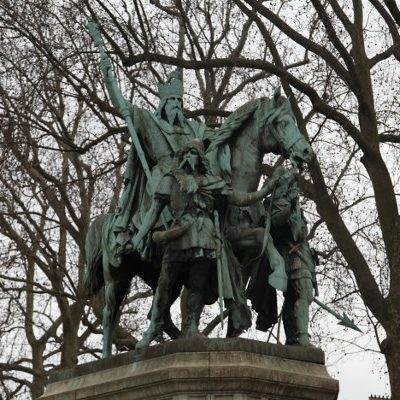
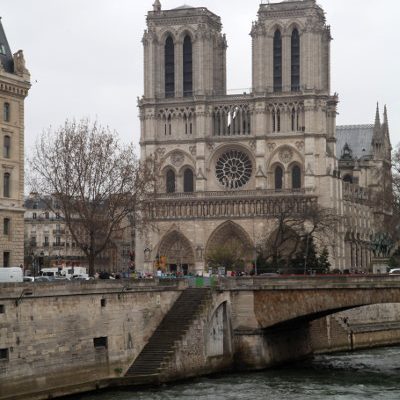
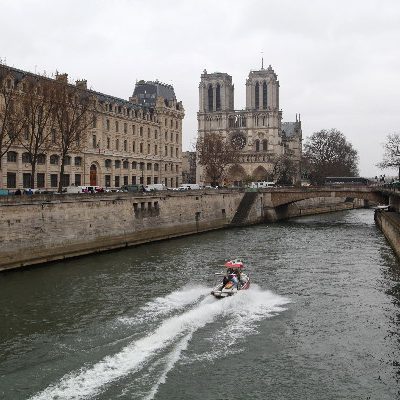
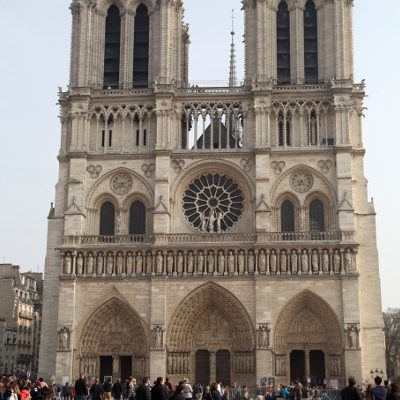
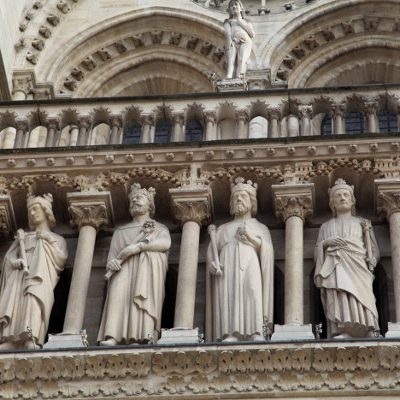
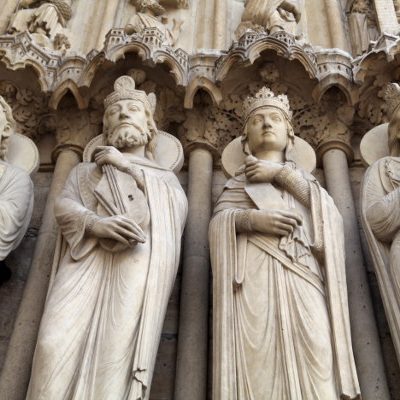
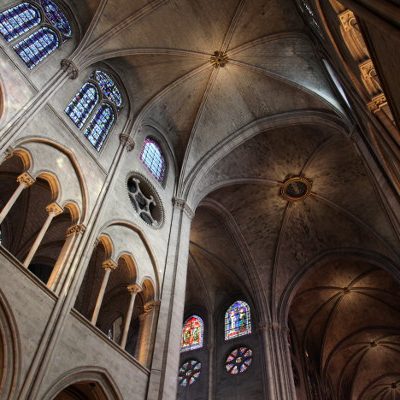
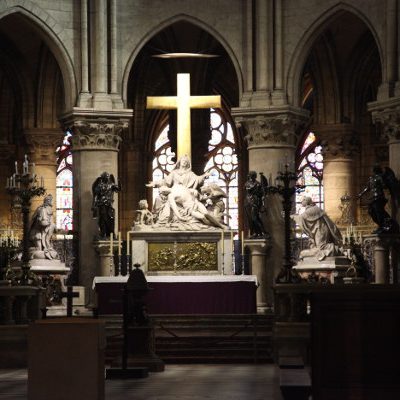
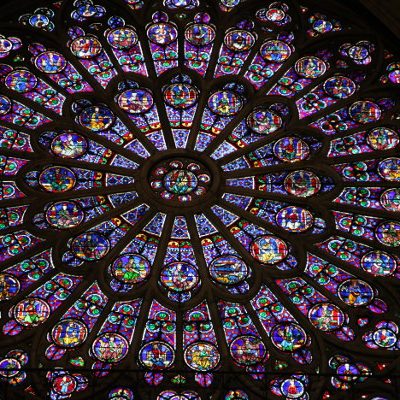
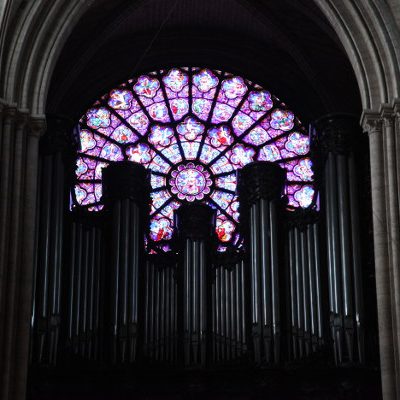
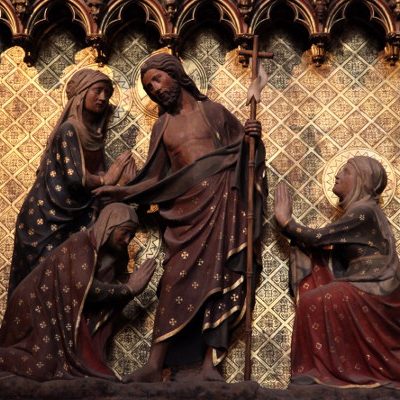
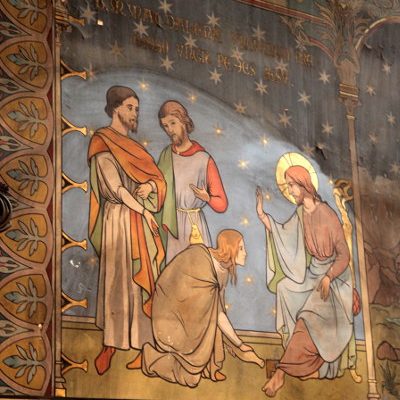
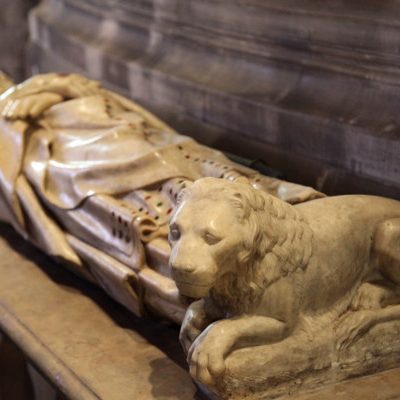
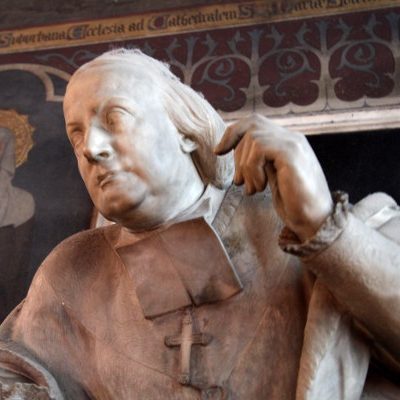
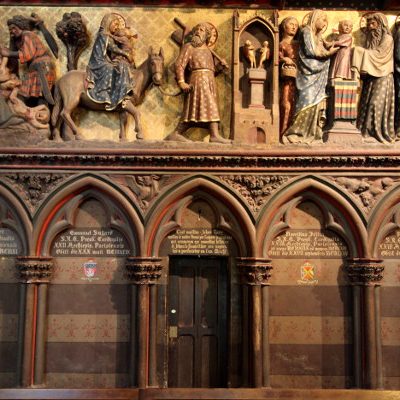
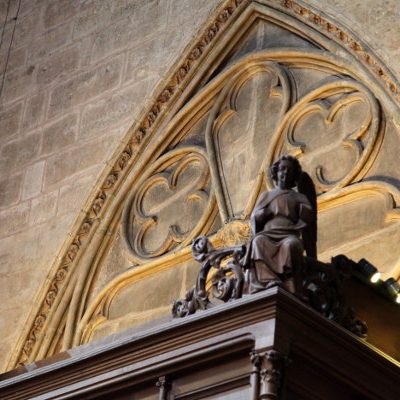
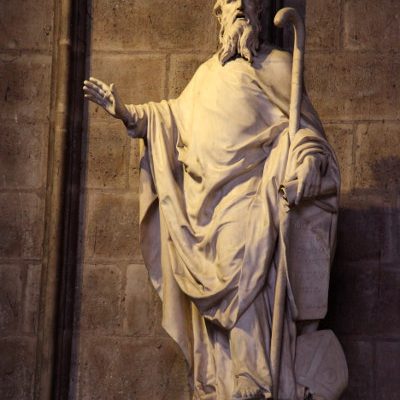
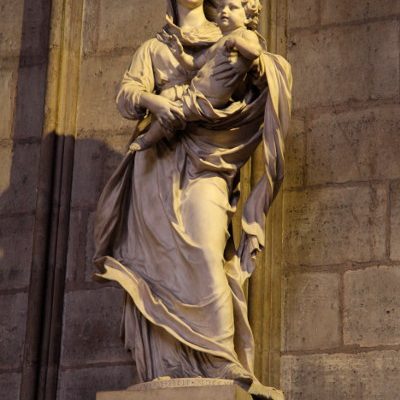
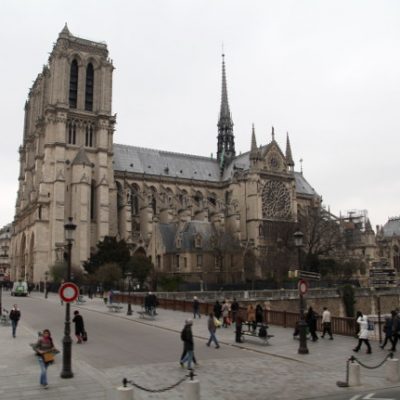
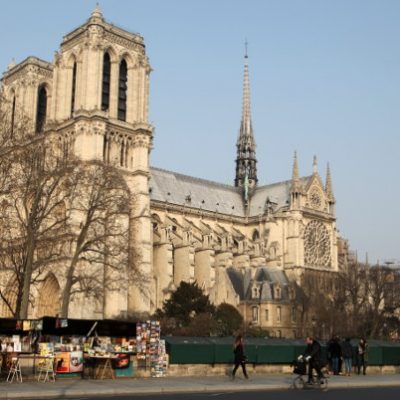
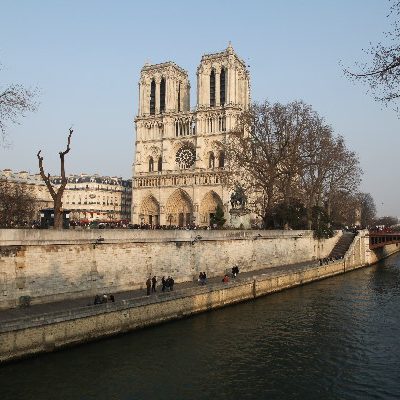
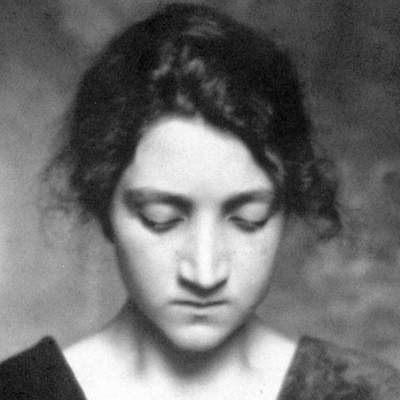
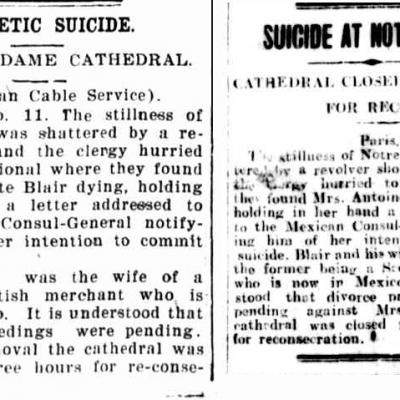
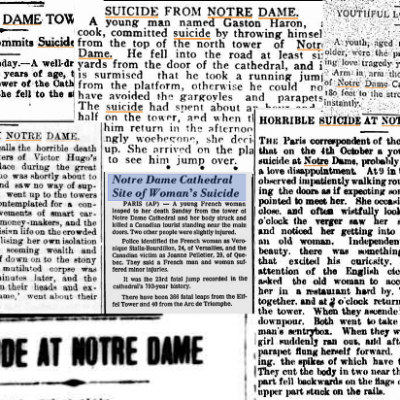
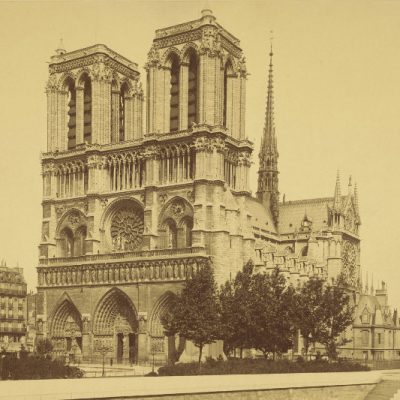
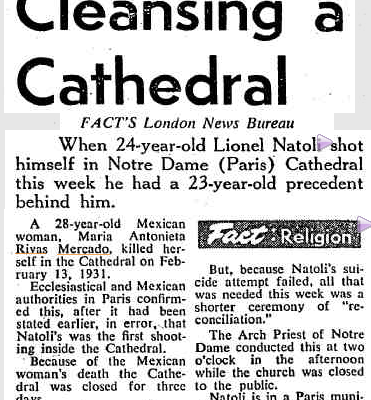
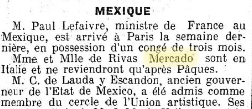
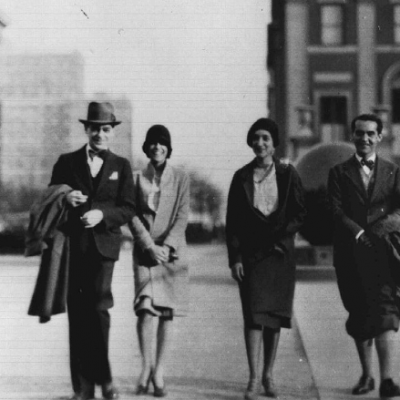
She married Anthony Blair when she was 18, he proceeded to burn her books because he didn’t feel comfortable around an educated and intelligent woman. She left him and fell in love with Manuel Rodriguez Lozano, who was gay. And finally, she became the lover of Jose Vasconcelos, who was married and aspiring to be Mexico’s president. She supported him with her fortune (her father had died at this point) and followed him to Paris when he was exiled with her son in tow, breaking the law because the father had custody of the child. Once in Paris, Vasconcelos basically told her he had no further use for her. She killed herself with a gun she took out of Vasconcelos luggage.